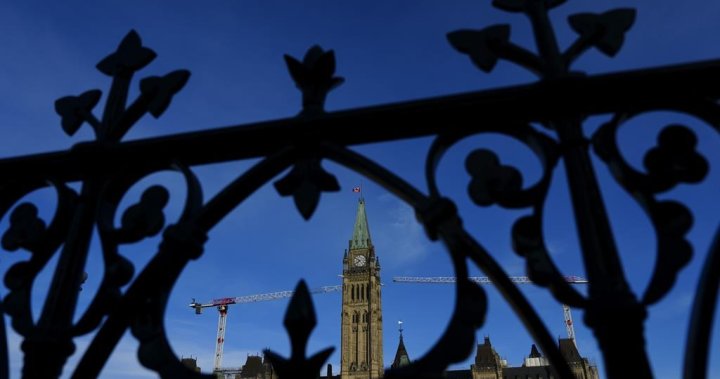Pam Bristol is the caretaker for her 18-year-old son, David Rheault, who was born with a severe case of cerebral palsy. Rheault primarily communicates with assisted technology, and Bristol, though not worried about supporting her son at home, recognizes that $200 a month is insufficient for him to live independently. Critics argue that the federal government’s investment in disability benefits, as outlined in the 2024 budget, falls short of adequately supporting the 1.4 million disabled people living in poverty across Canada. The Canadian Disability Benefits Act aims to provide financial support for low-income people living with disabilities, with a maximum annual benefit of $2,400 for over 600,000 individuals aged 18 to 64.
The plan to provide benefits to 600,000 people equates to $200 per month, which is considered insufficient to cover basic expenses. Advocates like Rabia Khedr from Disability Without Poverty have voiced concerns about the limitations of the proposed benefits, emphasizing the need for better support for individuals living with disabilities to lead a quality life. Although Ottawa states that the payment is designed to supplement existing provincial and territorial programs, it has not met the expectations set when the federal benefit was initially committed to in 2020. The Parliamentary Budget Office’s reported varying cost models for the benefit, from $2 billion to $20.5 billion annually, with the lowest option providing an average benefit of $7,600 for 275,000 individuals.
Although Minister of Diversity, Inclusion & Persons with Disabilities, Kamal Khera, recognizes that the current benefit falls short, she sees it as a starting point and an opportunity to collaborate with provinces and territories for improved support. Finance Minister Chrystia Freeland acknowledged the challenges faced by people with disabilities in Canada and the need for further action beyond the initial benefit implementation. Despite the historic investment in Canadians living with disabilities, Freeland emphasizes the government’s commitment to continual improvement and the aspiration to do more.
NDP Leader Jagmeet Singh joined critics in expressing concerns over the inadequacy of the proposed benefit for supporting low-income individuals with disabilities, insisting on a plan to address these deficiencies. The budget not only includes the disability benefit but also proposes expanding the disability tax credit to cover additional expenses such as service animals and specialized equipment. However, Khedr and others remain disappointed in the lack of creativity in funding an adequate benefit for Canadians living with disabilities, emphasizing the urgency of addressing their financial needs to prevent poverty and reliance on other means of assistance.
David Rheault’s personal goal is to enter the workforce as a truck driver or firefighter, despite his motor skill challenges. Bristol remains hopeful that with the right support and instruction, her son can achieve his dreams. While the Canada Disability Benefit is expected to start reaching eligible individuals by July 2025, advocates like Khedr continue to advocate for increased support and resources to prevent individuals with disabilities from falling into poverty and facing limited opportunities for independence and financial stability. The government has acknowledged the need to do more and committed to collaborating with various stakeholders to address the concerns raised by advocates and critics regarding the current benefit structure.


